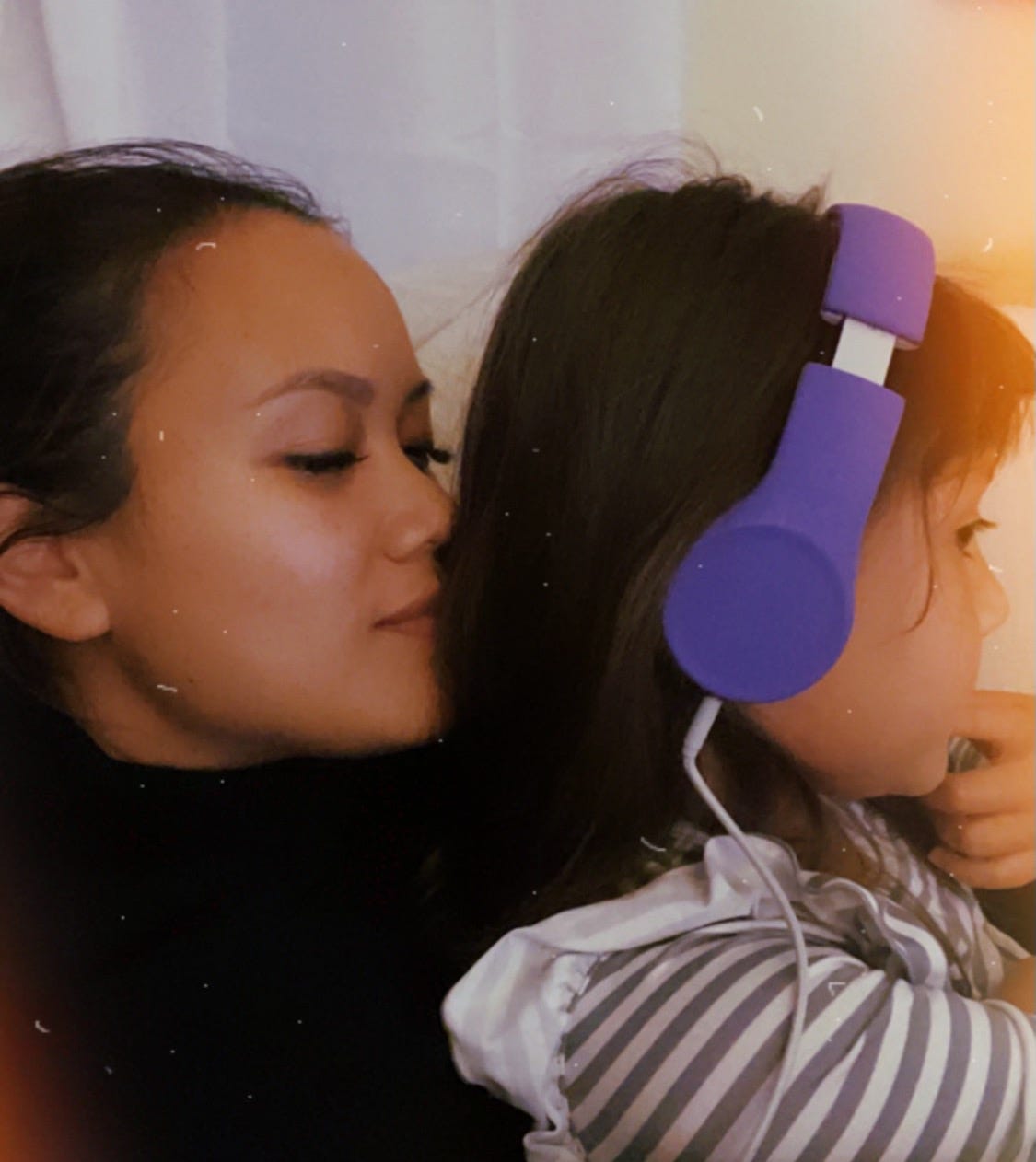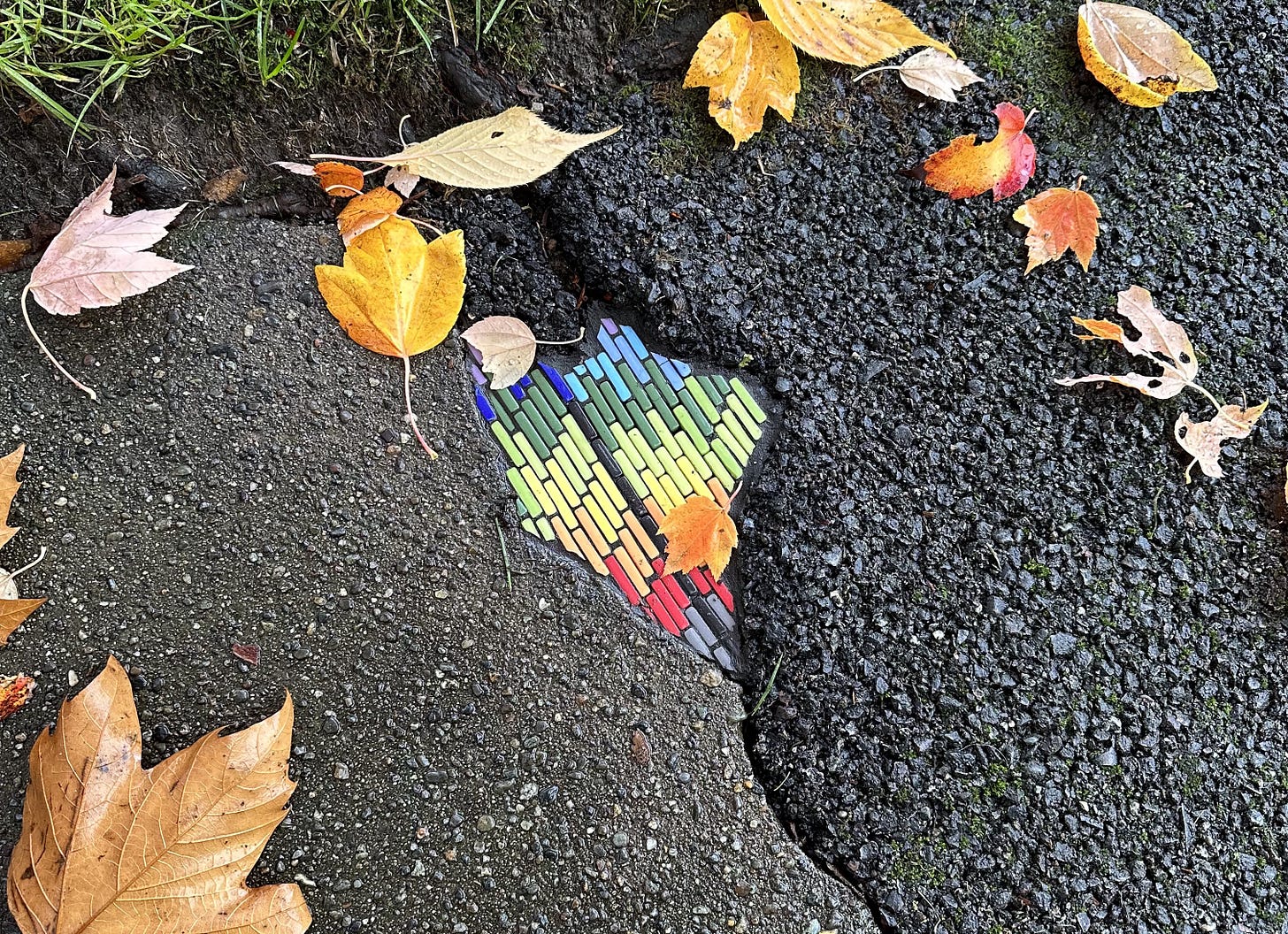A few years ago, I left a role that, on paper, matched everything I’d been building toward. I was so excited for it and loved the work itself. But over time, I was drowning. At the time, I chalked it up to the weight of juggling work and life across time zones. But that wasn’t the full story.
The reality was deep misalignment. The work no longer fit—not my skills, but my values. The expectations that asked me to shrink or stretch in ways that left me unrecognizable to myself by the end of the week.
And yet, for a long time, I hesitated to call it burnout. The word carried too much weight. It felt like an admission of failure—especially in a world that celebrates resilience. I didn’t want to be seen as someone who couldn’t “handle it.” I didn’t want the label to define me.
But burnout isn’t always about capacity. Sometimes it’s about authenticity—about being in an environment that asks you to show up in ways that no longer feel true.
The cost of misalignment
When we talk about burnout, the focus is usually on volume: too much work, too much pressure, too little support. That is certainly part of it for many, but it isn’t the whole picture. Misalignment can be just as, if not, more depleting.
For me, it looked like being effective on the surface while losing energy underneath at a pace I couldn’t sustain. It meant editing my instincts, adapting to systems that prized efficiency but left little room for candor, and constantly adjusting how I showed up in ways that didn’t feel natural. Over time, that steady erosion took a toll that long hours alone never could.
What makes this kind of burnout harder is the layer of shame. There’s the weight of walking away from a role others would want, of looking like you failed when you step back.
And for many high-achieving women, especially women of color, that shame is compounded by the fear of being labeled difficult, emotional, or ungrateful for the opportunities we’ve earned.
But ignoring that dissonance doesn’t resolve it.
The clarity that comes from pausing
When I finally stepped back, I expected the pause to be about rest. What I didn’t expect was how much clarity it would bring.
Without the constant pull of deadlines and meetings, I began to notice what I had been carrying: the invisible labor of trying to fit, the small but constant calculations of how to show up without disrupting too much, and the pressure of performing at the expense of listening to myself. In that quiet, I could finally see what I couldn’t before: how unsustainable it had all become.
Stepping back wasn’t easy, but it was necessary. In that space, I began to untangle my worth from my title and asked harder questions. What do I actually want to contribute? Where do I feel most alive? What would it look like to build a career rooted in alignment rather than approval?
Motherhood added another layer to that pause. The work of caregiving—anticipating needs, managing competing priorities, making decisions with incomplete information—mirrors much of what leadership requires. And yet, stepping away to do it is still often read as stepping off track.
There’s a growing recognition of the power pause, the understanding that time spent on caregiving or reflection isn’t an absence of ambition but a recalibration of it. What struck me most wasn’t just that the skills transferred, but that the pause itself became clarifying. Without the performance of professional identity, I began to distinguish which parts of my work had been sustaining me and which had been depleting me. Distance offered what proximity never could—perspective.
What burnout revealed
Looking back, I see my burnout less as a breakdown and more as redirection. Around the same time I was navigating this, the corporate conversation about authenticity was shifting in ways that mirrored my own experience.
For a period, it was celebrated, and leaders were encouraged to bring their whole selves to work, to show vulnerability, to lean into transparency. It felt like progress, until the backlash came.
Then the boundaries narrowed. The message grew mixed: be open, but not in ways that made others uncomfortable. That pendulum swing revealed just how fragile those cultural shifts can be, and it clarified something I’d been feeling but couldn’t name—when your environment doesn’t make space for your voice, the cost of fitting in is carried silently, day after day, until something breaks.
This is what we don’t talk about enough. Misalignment can burn you out even when the calendar is manageable, and ambition, when untethered from values, can lead us into rooms that drain us rather than expand us.
Toward what’s next
Since then, I’ve leaned into nonprofit and advisory work while continuing to build my voice in communications. This work continues to affirm what I love about communications. Helping others communicate with intention and build trust.
I don’t know exactly what the next chapter will look like—whether it’s a full-time role or my consultancy taking on new shape. What I do know is what I’m looking for: alignment. Work that matches my values and allows me to contribute without disconnecting from myself.
That’s the lesson burnout left behind. Pausing isn’t weakness and walking away isn’t failure. Both can be signals to choose differently.
And if you find yourself in that space—successful on paper but quietly running on empty—I hope you’ll give yourself permission to listen. Burnout doesn’t always mean the end of your story. Sometimes it’s the beginning of a more authentic one.
x Nina
If this spoke to you, please share it with someone who might need it. And if you’d like to stay connected, subscribe—it’s free and reader-supported.





Other voices writing thoughtfully about the power pause: Neha Ruch | The Power Pause,
Tamara Hinkley | Half Moon Hustle, Eva Jungstein